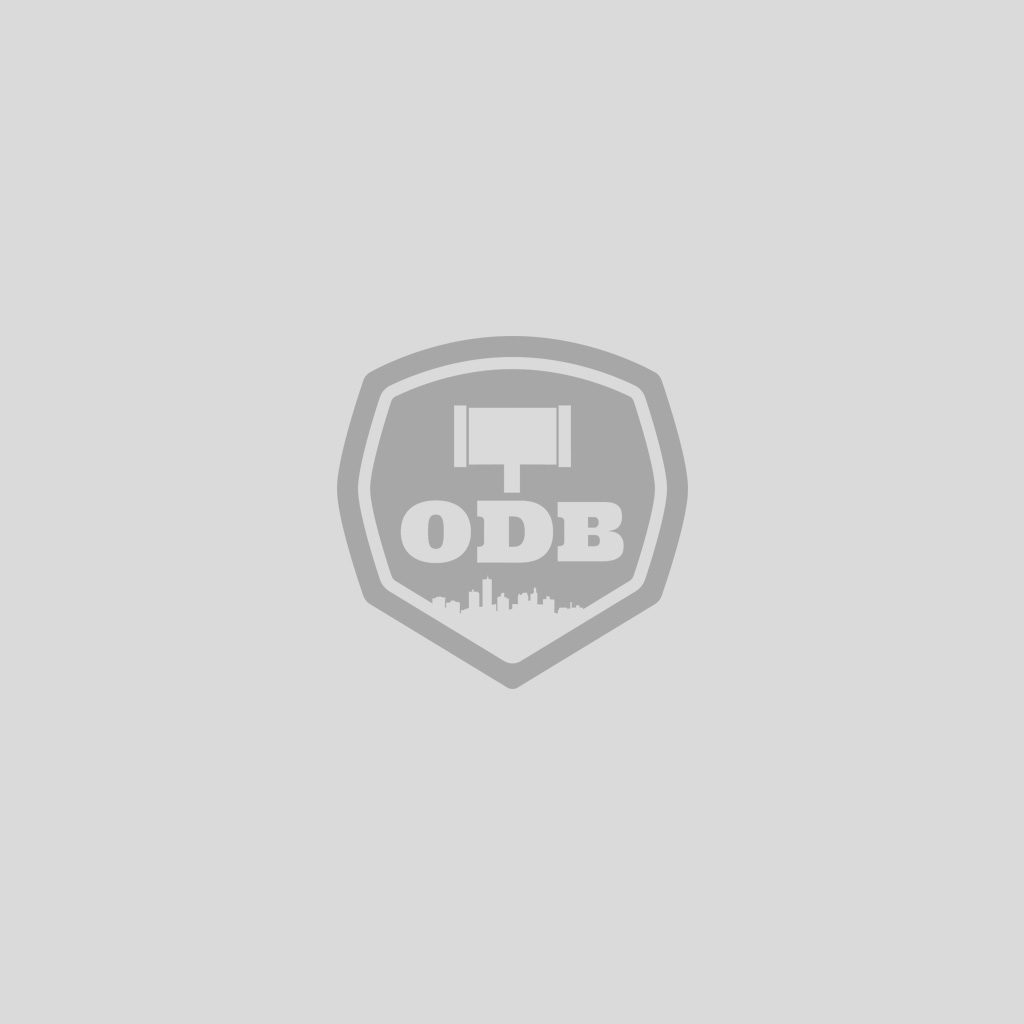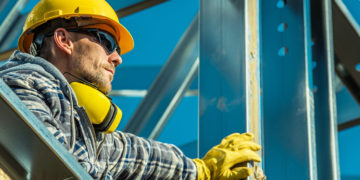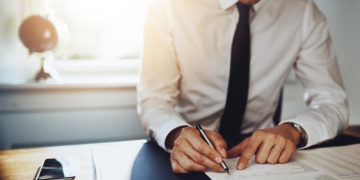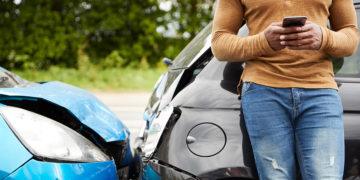Understanding slip and fall accident liability is critical

Slip and fall accidents are common, increasingly so in times of inclement weather like the oncoming snow and ice expected to be prevalent throughout this winter. For that reason, it is critical for everyone to understand some of the things that are involved in slip and fall accident liability.
One key matter is determining if the owner of the property at which the slip and fall accident happened could have done anything to prevent it. You may presume that the sheer fact of an accident means that the property owner is at fault, but that is not necessarily true.
For example, a leaky roof may contribute to a slippery floor, but if the owner had a drainage grate installed into the floor to limit slipperiness, that may be viewed as sufficient to render them not liable for the accident. Of course, each case is different and the facts of each case need to be thoroughly reviewed with an attorney.
Yet, some cases do have clear liability for slip and fall accidents, when the property owner can be shown to be liable either by having caused the accident or by having failed to prevent it via negligence. If there is a dangerous condition and a reasonable person would have noticed it and fixed it, the property owner can be held liable for slip and fall accidents that happen because of that dangerous condition.
If the property owner did notice the dangerous condition but didn’t do anything about it, that also is cause for holding him or her liable. This can happen when a property owner decides to not address dangerous conditions because he or she doesn’t want to spend the money to do so. By considering these points, you can decide with your attorney if you have a case worth pursuing after you are in a slip and fall accident.



